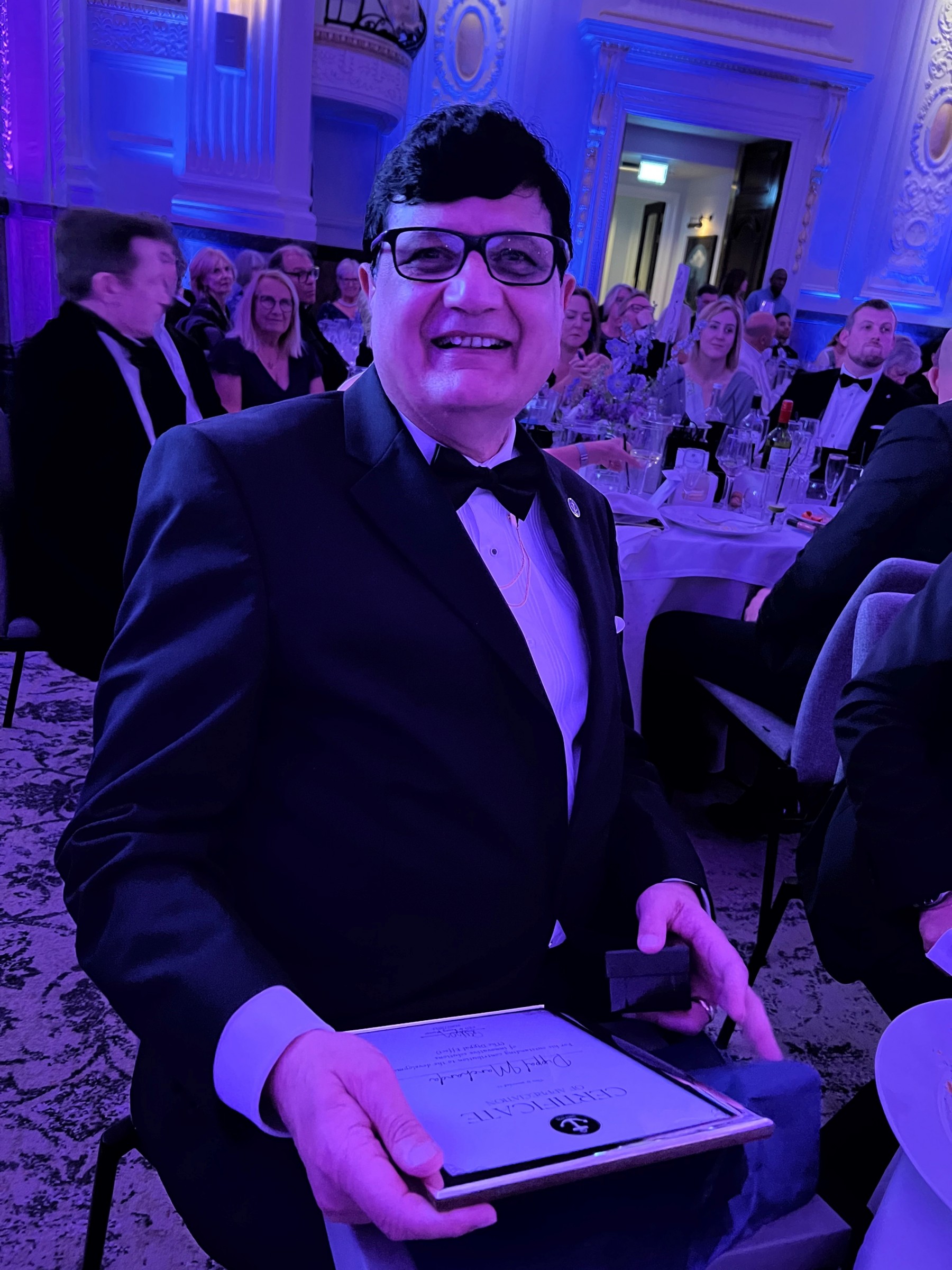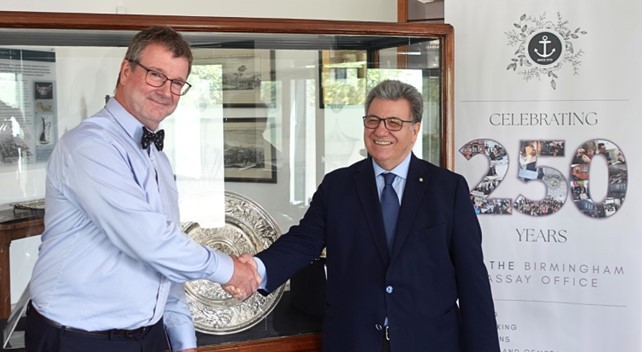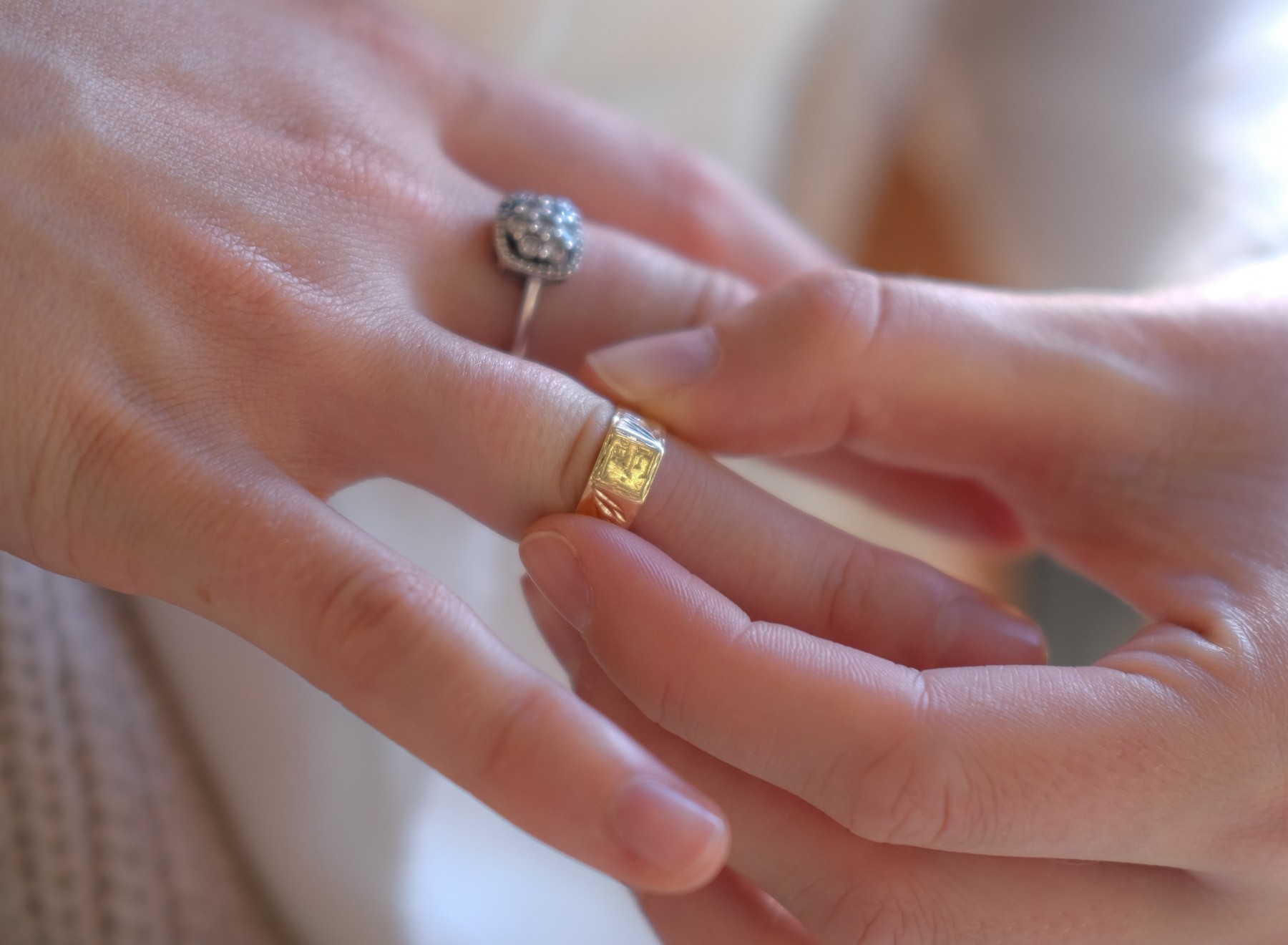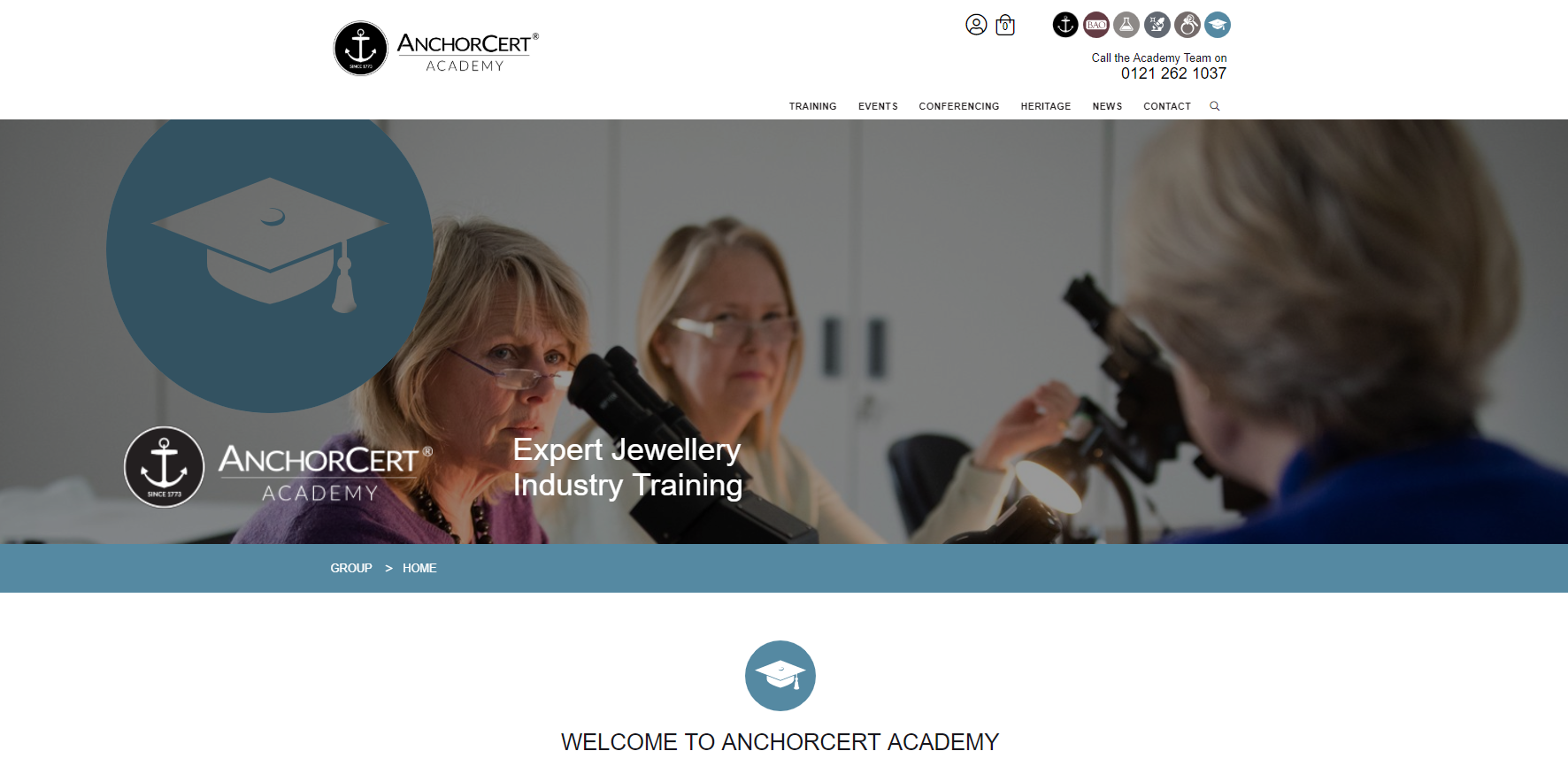 One of the earliest forms of consumer labelling, hallmarking holds a fascinating history as well as a practical purpose. This month the Birmingham Assay Office looks at a day in the life of its hallmarking oracle, registration clerk Lin Moran.
There has been a lot of media noise about misleading labelling recently, and consumer confidence in the food industry has suffered significantly as a result. While the jewellery industry is not (yet) in the habit of carrying out DNA tests on its gold and other precious metal articles, it can proudly claim its rigorous hallmarking system as the earliest form of consumer labelling.Â
One of the earliest forms of consumer labelling, hallmarking holds a fascinating history as well as a practical purpose. This month the Birmingham Assay Office looks at a day in the life of its hallmarking oracle, registration clerk Lin Moran.
There has been a lot of media noise about misleading labelling recently, and consumer confidence in the food industry has suffered significantly as a result. While the jewellery industry is not (yet) in the habit of carrying out DNA tests on its gold and other precious metal articles, it can proudly claim its rigorous hallmarking system as the earliest form of consumer labelling.Â
 Hallmarking legislation has seen many changes since its inception in the 14th century, but the three symbols that remain a statutory requirement for all articles above the exemption weight still tell an important story. The town mark indicates which assay office has tested and hallmarked the item, and the fineness mark guarantees the precious metal content in line with one of the recognised standards. It is a simple code: the shape of the fineness mark dictates the metal and the fineness is expressed as parts per thousand, with the most common standards being 375 gold (nine carat), 925 silver (sterling), and 950 palladium and platinum.
The other compulsory mark is theâ¦â¦â¦..CONTINUE READING
To read more about hallmarking and a day in the life of Lin Moran make sure to visit our meet the experts page on The Birmingham Assay Office website http://www.theassayoffice.co.uk/meet_the_experts/makingmark_baoexpert.html
[caption id="attachment_4870" align="aligncenter" width="103"]
Hallmarking legislation has seen many changes since its inception in the 14th century, but the three symbols that remain a statutory requirement for all articles above the exemption weight still tell an important story. The town mark indicates which assay office has tested and hallmarked the item, and the fineness mark guarantees the precious metal content in line with one of the recognised standards. It is a simple code: the shape of the fineness mark dictates the metal and the fineness is expressed as parts per thousand, with the most common standards being 375 gold (nine carat), 925 silver (sterling), and 950 palladium and platinum.
The other compulsory mark is theâ¦â¦â¦..CONTINUE READING
To read more about hallmarking and a day in the life of Lin Moran make sure to visit our meet the experts page on The Birmingham Assay Office website http://www.theassayoffice.co.uk/meet_the_experts/makingmark_baoexpert.html
[caption id="attachment_4870" align="aligncenter" width="103"] Hallmarking oracle, registration clerk Lin Moran[/caption]
Hallmarking oracle, registration clerk Lin Moran[/caption]
Your item has been added to the basket
You need to create an account, or login before you can add this item to your basket.







